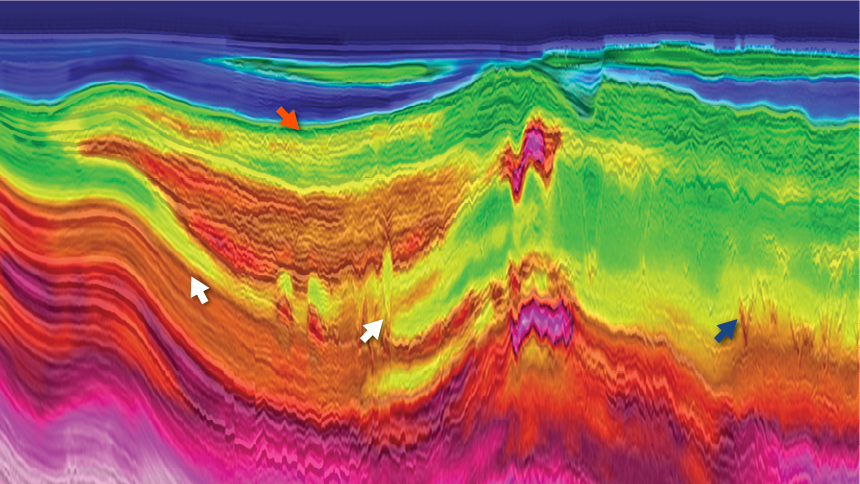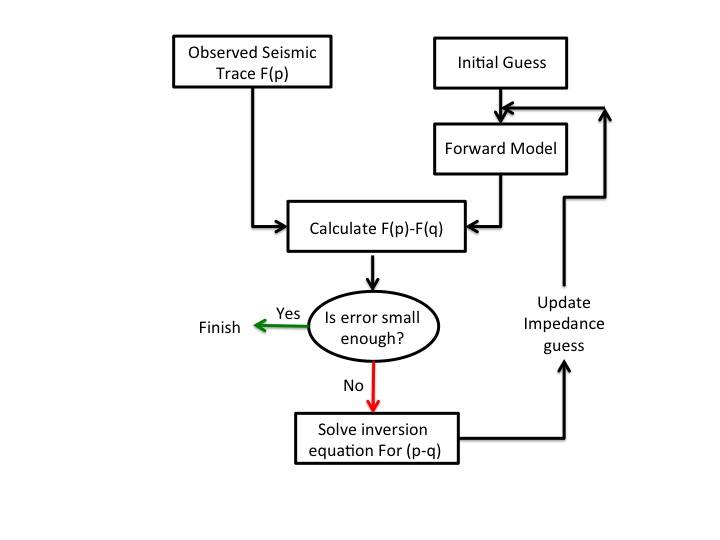
In the realm of software development and quality assurance, two terms often used interchangeably are “Bug vs Defect” and “defect.” While both represent issues in software, they possess subtle distinctions that can impact how teams approach and manage them. In this article, we will delve into the differences between bugs and defects, gaining insights into their definitions, causes, and implications in the software development lifecycle.
Defining Bug vs Defect
- Bug: A bug is a colloquial term widely used in the software industry to describe any unintended behavior or flaw in a software application. It can manifest as a feature not working as intended, unexpected crashes, errors, or incorrect outputs. Bugs are typically identified during testing or after the software has been deployed and used by end-users. They can occur due to coding errors, faulty logic, or environmental factors that the developers may not have anticipated.
- Defect: Defect is a more formal and precise term used in software quality assurance to refer to a flaw in the software’s design, functionality, or documentation that deviates from the requirements or specifications. Defects encompass not only the technical issues (bugs) but also problems arising from incomplete or incorrect requirements, ambiguous documentation, or design flaws.
Causes of Bugs and Defects
- Bugs: Bugs are primarily caused by coding errors made by developers during the implementation phase. These errors may arise from syntax mistakes, logical flaws, improper handling of edge cases, or incorrect assumptions about the software’s behavior. Additionally, external factors such as hardware variations, network connectivity, or software compatibility can also lead to the emergence of Bug vs Defect.
- Defects: Defects, on the other hand, can have a broader range of causes. They may result from ambiguities or inconsistencies in the software requirements, inadequacies in the design phase, lack of clarity in project specifications, or incomplete testing. Even if the software works as per the code, a defect may exist if it does not meet the intended functionality specified in the requirements.
Implications and Management
![]()
- Bugs: When bugs are discovered during testing or after the software release, they are typically addressed by the development team through the bug-fixing process. Developers identify the root cause of the bug, implement the necessary code changes, and then test the corrected version to ensure that the issue is resolved. Bug fixes are often incorporated into subsequent software updates or patches.
- Defects: Defects require a more comprehensive approach. They involve not only identifying and rectifying the software flaw but also examining the entire software development process to prevent similar issues in the future. Defect management involves collaboration among multiple teams, including developers, testers, project managers, and stakeholders. It requires a thorough understanding of the project’s requirements and the underlying design to make informed decisions on how to rectify the defect effectively.
Conclusion
In conclusion, bugs and defects are both significant elements in the realm of software quality assurance. Understanding their distinctions is essential for software development teams to address and manage them efficiently. While bugs are generally associated with technical issues that arise during coding and implementation, defects encompass a broader range of problems related to requirements, design, and documentation. By recognizing these nuances, software teams can establish better testing practices, improve the development process, and deliver high-quality software products that meet user expectations.












